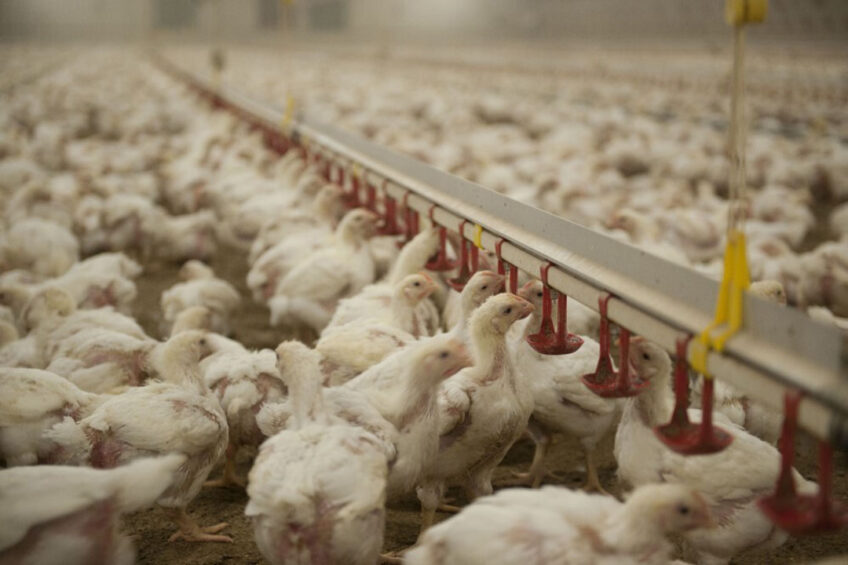Economic consequences of stopping ‘thinning’ in broiler production

Retail chicken prices would have to rise to compensate stopping partial depopulation of broiler flocks.
Flock ‘thinning’ is often used in broiler production to optimise the use of farm space and rear a larger number of birds while still respecting the EU regulations that set the maximum stocking density in a house at 42 kg/square metre.
While performing partial depopulation, the maximum density allowed by law is reached faster, and a part of the flock is sent for slaughter earlier while the remaining animals continue until the end of the production round.
Biosecurity risk
But the practice does constitute a serious break in farm biosecurity that can lead to the introduction of various pathogens in the flock, including Campylobacter spp. Partial depopulation is stressful to the broilers that are deprived of food and water several hours before the arrival of the catching crew.
The catching crew may introduce Campylobacter into the flock, as the bacteria has been found on boots, clothing and other equipment prior to being used during partial depopulation. Research has found that broiler transport crates are often contaminated with Campylobacter.
Production consequences of thinning
Researchers from the University of Ghent, Belgium, looked at whether depopulating flocks could increase the risk of the introduction of Campylobacter spp in the poultry house. In Belgium, in conventional production, approximately a quarter of the flock are slaughtered at 35 days and the remaining culled at 42 days. A simulation was performed to evaluate production consequences of ‘thinning’.
In the study, the production of a house performing partial depopulation of 25% of the flock at 35 days of age prior to the final slaughter at 42 days was compared with a production system where partial depopulation was not performed. The differences in production costs, profit and technical performance parameters were evaluated.
Results
The model indicated that stopping partial depopulation reduces production between 16 and 24%, which results in a 14% reduced profit per kg of live weight, and a 31% reduced profit per production cycle.
To compensate for the profit loss, it would be necessary to increase the meat price by 3% from a starting price of 87.44 euro cents.
The researchers said for current conventional broiler production, it may be financially challenging to stop partial depopulation practices. Instead, focusing on external biosecurity to avoid the introduction of Campylobacter into poultry houses may be the right compromise.
Join 31,000+ subscribers
Subscribe to our newsletter to stay updated about all the need-to-know content in the poultry sector, three times a week. Beheer
Beheer








 WP Admin
WP Admin  Bewerk bericht
Bewerk bericht